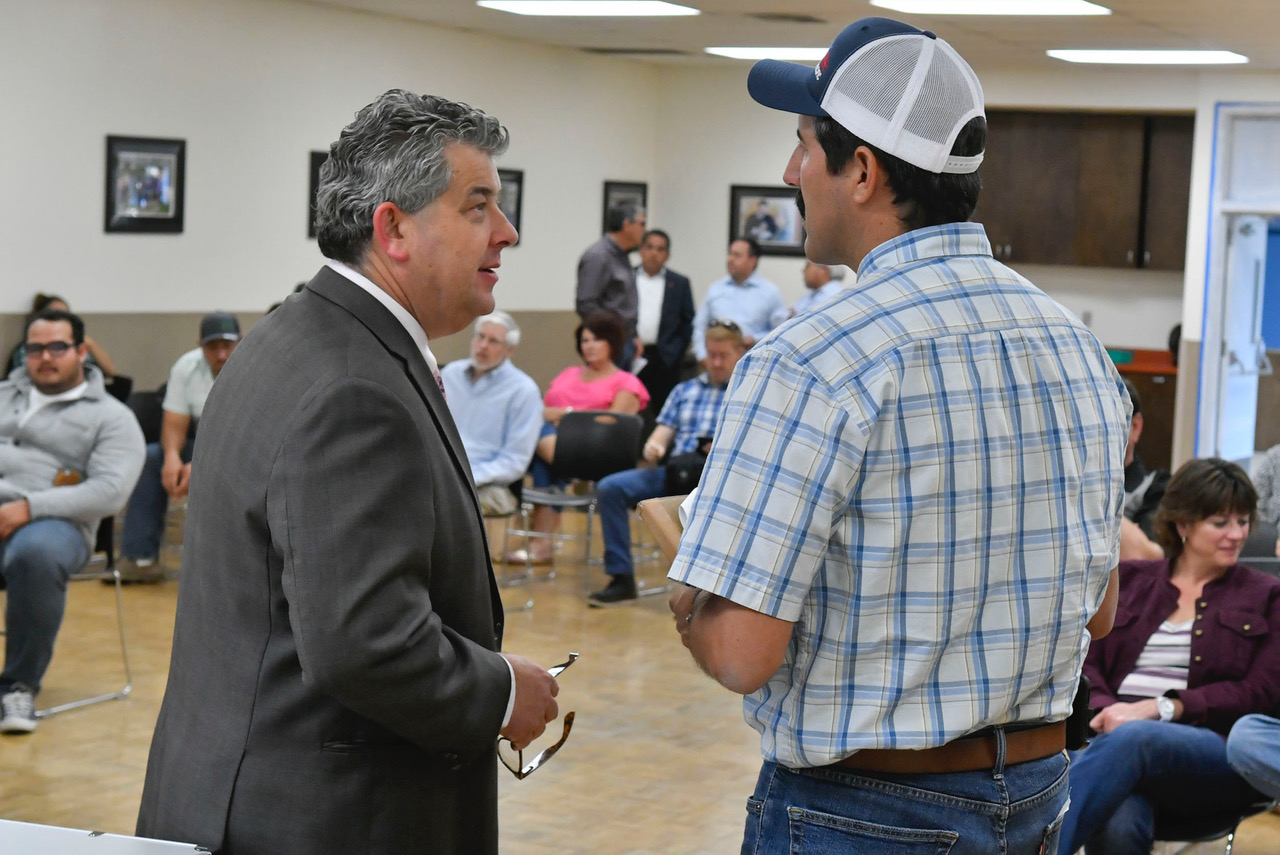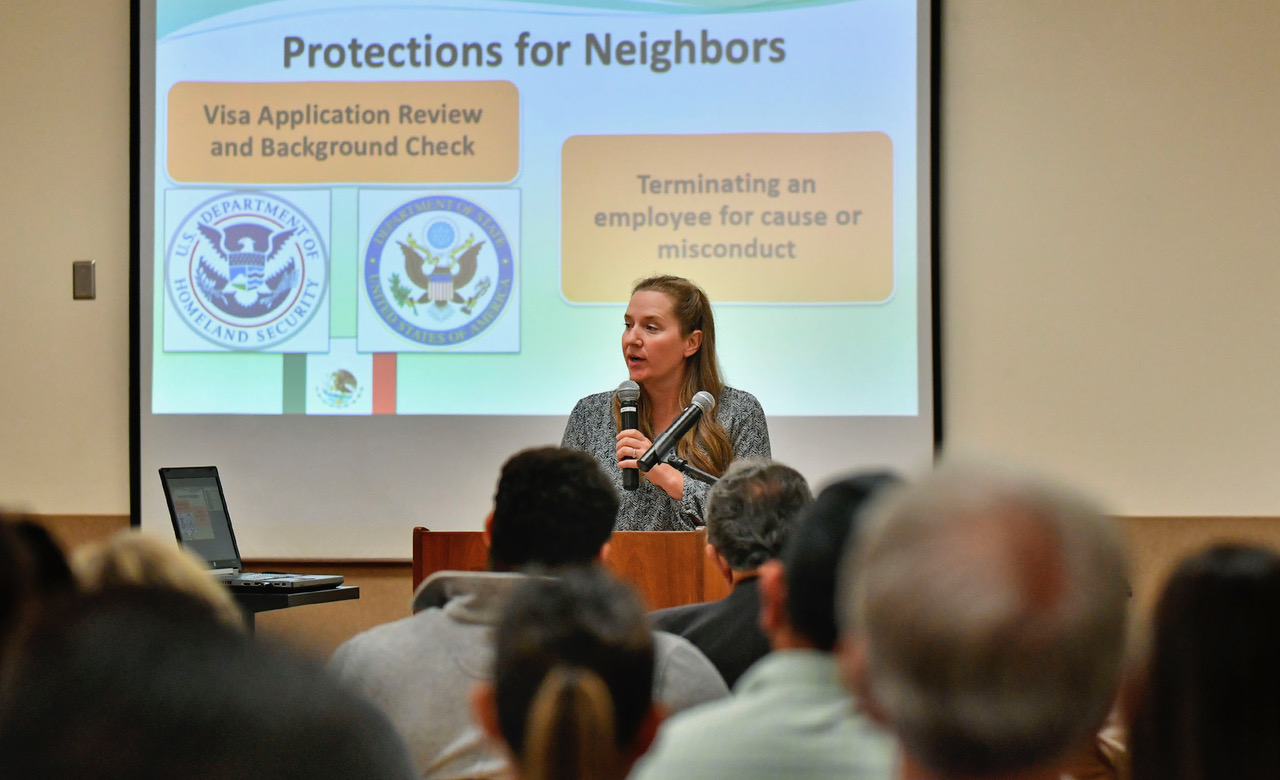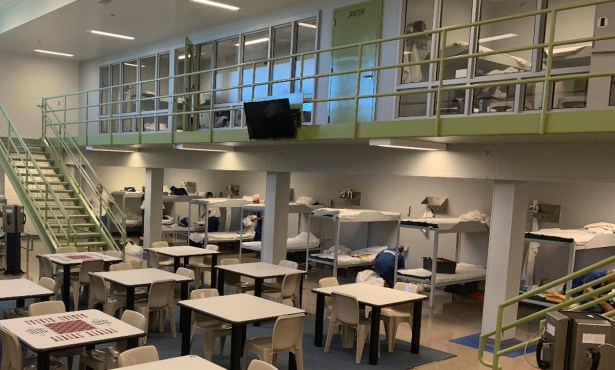Increase in H2A Farmworkers Raises Housing Concerns
Santa Barbara County Supervisors Moving to Streamline Permit Process
The question of where to house more than 2,600 foreign nationals employed as farmworkers in the county was discussed once again at the Board of Supervisors meeting this Tuesday.
The workers have come to the United States through a visa program known as H2A, which is intended to help farmers who are experiencing labor shortages. H2A workers are granted temporary visas that will require them to return to their home countries after a specific time period. In the last few years, the number of H2A workers has increased exponentially in the county from zero in 2012 to more than 2,500 in 2017.
Farmers, who are responsible for providing housing for these workers, have resorted to solutions that are contributing to the serious housing shortages in the county, especially in the city of Santa Maria. According to the Department of Labor, Santa Maria has more H2A workers than any city in California.
Some employers have bought or rented houses for their farmworkers. Others have purchased hotels and converted the rooms into bunkers. Workers are often crammed into these quarters, sometimes with five or six men living in one room. If the workers’ place of living does not have a kitchen, employers are responsible for providing three meals a day for workers at a cost.
Santa Maria residents are concerned that farmworkers will cause their property values to depreciate, and they don’t want H2A people moving in next door because “they’re not invested in the neighborhood,” as one Santa Maria resident put it at a town hall meeting recently. But resident concerns are only the icing on the housing shortage cake the county is experiencing. Supervisors worry that not acting to make agricultural dwellings easier to apply for could contribute to an overcrowded housing market and further exacerbate raising rents and congested living conditions. To date, the county has received zero applications from farmers to house workers on agriculturally zoned land. They attribute the number to the current permit requirements.

The board unanimously approved a conceptual motion to loosen the permit requirements currently in place for farmworker housing on unincorporated agriculturally zoned land. The item was first introduced to the board at its October 9, 2018, meeting when the board voted 3-1-1 to begin streamlining the permit process. The item will return to the board again at its December 11 meeting for noticing purposes.
If the board moves forward once again at its December meeting, the number of employees allowed under certain permits will expand, making it easier to house more workers with fewer restrictions. Farmers will need a zoning clearance to house 1-9 farmworkers, a land-use permit for 10-24 workers, and a conditional-use permit to house 25 or more workers. Workers will have to be employed full time by the land operator but not necessarily work on the site where they will be housed, as is the condition now. Supervisors are trying to steer clear of big bunk housing.
Farmworkers and farmworker advocates are vehemently opposed to housing in agricultural zones, which are often located at a significant distance from the city. “It would be the worst thing that could happen,” said one farmworker who asked to remain anonymous. Workers worry about cramped living conditions, not enough toilets, and open showers. Their greatest concern is that they will no longer have access to food and markets. “Beans and rice and a sandwich are not going to give anyone enough energy,” said another worker who currently pays $85 a week to his employer for three meals a day. However, the food he and his coworkers receive is not very good, sometimes smells rotten, and is often not plentiful, he said, so they go into town to purchase additional food.
Farmers are also not ecstatic about having to build housing on their property. “We don’t know what the need is going to be three years from now,” said farmer George Adam. Fourth District Supervisor Peter Adam, George’s brother and a farmer himself, expressed concern over building housing only to have to tear it down in a couple of years.
While not crazy about housing, farmers insist that H2A is a crucial tool needed for the survival of county agriculture. “[The H2A program is] not something growers would do unless all other options were exhausted,” said Laura Brown, California Strawberry Commission’s regulatory affairs analyst.
Strawberries, the number-one crop in the county and one of the most labor intensive, has seen an increase in acreage and production, from 6,471 acres being harvested in 2011 to 8,327 acres in 2017. Strawberries are also the crop that most heavily relies on H2A workers. Of the 2,619 H2A workers in the county for 2018, 60 percent of them work strawberries.
Growership Association President Claire Wineman said that her members have been reporting a 15-20 percent labor shortage since 2012, costing them anywhere from 4 to 13 million per year in lost net revenue. “Increased wages have not alleviated the labor shortage,” said Wineman at a Santa Maria town hall meeting.

UC Davis Department of Agriculture and Resource Economics Professor Emeritus Philip Martin disputes the idea that there is a labor shortage. “There may be more complaints about farm labor—harder to find, too expensive, etc., but a real ‘shortage’ is not usually associated with expanding production & employment,” wrote Martin. The county saw an 11.47 percent increase in gross commodities from 2016 to 2017, and the average employment for agriculture in the county has increased from 17,000 employees in 2008 to 21,600 in 2017, according to the Employment Development Department.
Labor historian and UC Santa Barbara Professor Nelson Lichtenstein disagrees and attributes the worker shortage to low wages. In the 1970s, wages were equivalent to what would be $25 per hour today, he said. H2A workers currently are paid $13.18 an hour. Lichtenstein claims that H2A is contributing to the problem by keeping wages low. “Yes, H2A could solve the labor shortage problem, but slave labor could solve it as well,” he said. “It’s economic coercion.”
Workers agreed that nothing will keep them from working. “We don’t care if we’re put on the street, if they feed us or don’t,” said Manuel, who asked his last name not be used. “We just can’t go back empty-handed,” he said. “Necessity demands we endure.”



